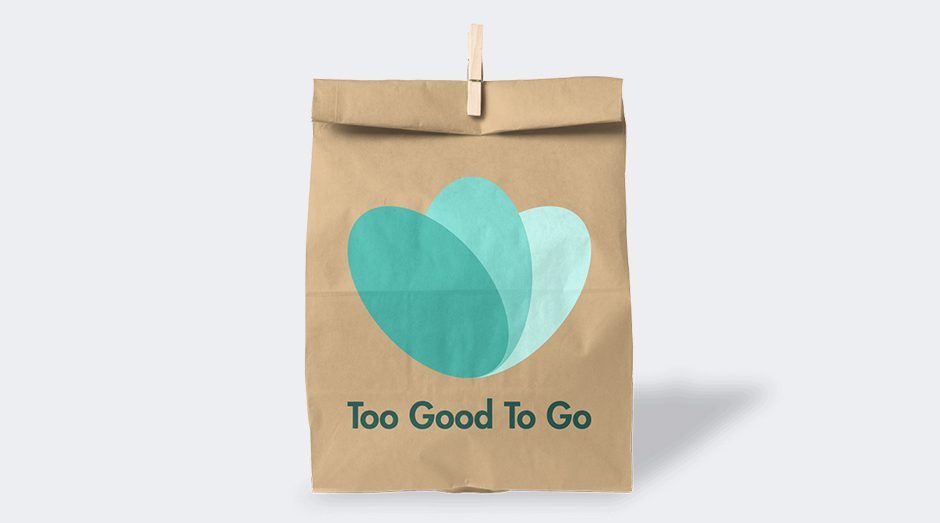Too Good To Go (TGTG) is fighting food waste in the supermarket with a new $31 million funding injection led by Blisce. Existing investors also participated in the round and employees were given the opportunity to snag a stake in the startup, too.
Users download the Too Good To Go app, which shows them a list of participating stores. For a small fee of no more than $6, you can pick up a surprise bag of food that would have otherwise been thrown away, but is still perfectly good to eat. Too Good To Go says the bags offer around three times the value of the food inside. It claims to have “saved” over 50 million meals over the last five years.
Because participating stores were already planning on tossing out the food, tossing it into a few grab bags instead doesn’t add very much additional labor, according to co-founder and head of global expansion Lucie Basch.
“The promise we make to stores is that it should be as simple as throwing food away. That’s why it is a surprise bag, as well,” she tells AFN. “We don’t want them to spend any time on the platform registering the products. They just list the number of bags they have.”
Although some may sneer at the idea of a mystery bag of food, the surprise factor provides some appeal. During the Covid-19 pandemic, cooking has become one of the most common ways that quarantined city dwellers are staving off boredom. It also affords an opportunity to try new foods, while the Too Good To Go app’s filters allow users to ensure they only get vegetarian or vegan surprises if required.
“They love not knowing what they are going to get,” Basch says. “They can rate what they get on the app and the average rating is 4.8 out of 5. I think they trust us.”
Finding the right VC fit
Unlike many startups, the Copenhagen-based company waited several years after launching its app in 2016 to bring in VC investors.
“We have been approached by VCs many times but we never really saw that they were being respectful enough of our values and our mission,” Basch says.
“Often what we were asked for in terms of due diligence is mainly for key performance indicators [KPIs] and we were interested in doing something a bit different from a traditional company.”
Blisce made a perfect match based on its consideration of things outside of KPIs, like the startup’s diversity and inclusion policy, governance credentials, and increasing its scores as a purpose-oriented ‘B Corporation,’ according to Basch.
Operating across 15 European countries with 30 million users, Too Good To Go will use the funding to fully launch in the US market, starting with New York and Boston. The app already has nearly 200,000 customers and 1,000 active food-providing partners across both cities, Basch says. So far, its pilot scheme has saved 50,000 meals-worth of food in just three months, she claims.
The next US targets for the startup are Philadelphia and Washington, DC. The West Coast is next on the list, with a possible appearance in Illinois. It aims to grow its 750-strong workforce by hiring 150 US-based workers in 2021.
Are we winning the fight on food waste?
Food waste has been a consistent agrifoodtech theme in the past few years. The size of the problem is something most folks can agree on. Basch states that one-third of the food we produce winds up in the waste bin. Those scraps are responsible for 8% of greenhouse gas emissions.
But is the lengthy and ever-growing list of startups attempting to tackle the problem actually making a dent in our landfills? From back-of-house software platforms to food-waste-to-fertilizer and food-derived cleaning products to bio-based crop inputs, the number of models adopted by startups is seemingly endless.
“The great thing with food waste is that we all have a role to play. There is always something we can do. Too Good To Go is one of the solutions where you can save a little bit of food every day,” Basch says.
“All of those put next to each other equals more than 120,000 meals we saved from the trash. That’s a great way to show that little actions at small scale actually have a huge impact when they are put next to each other.”




